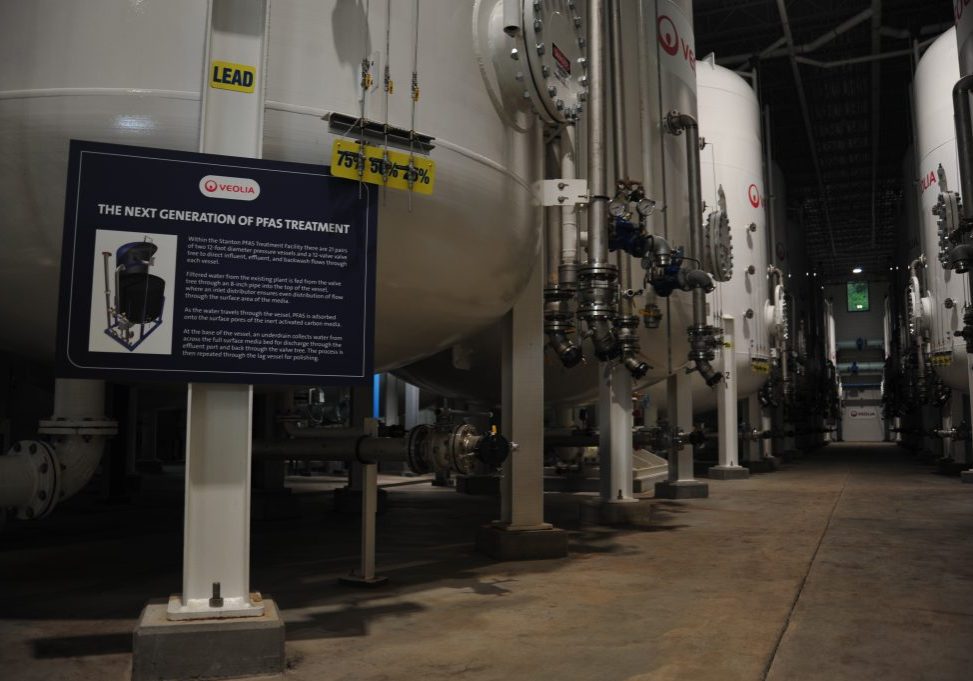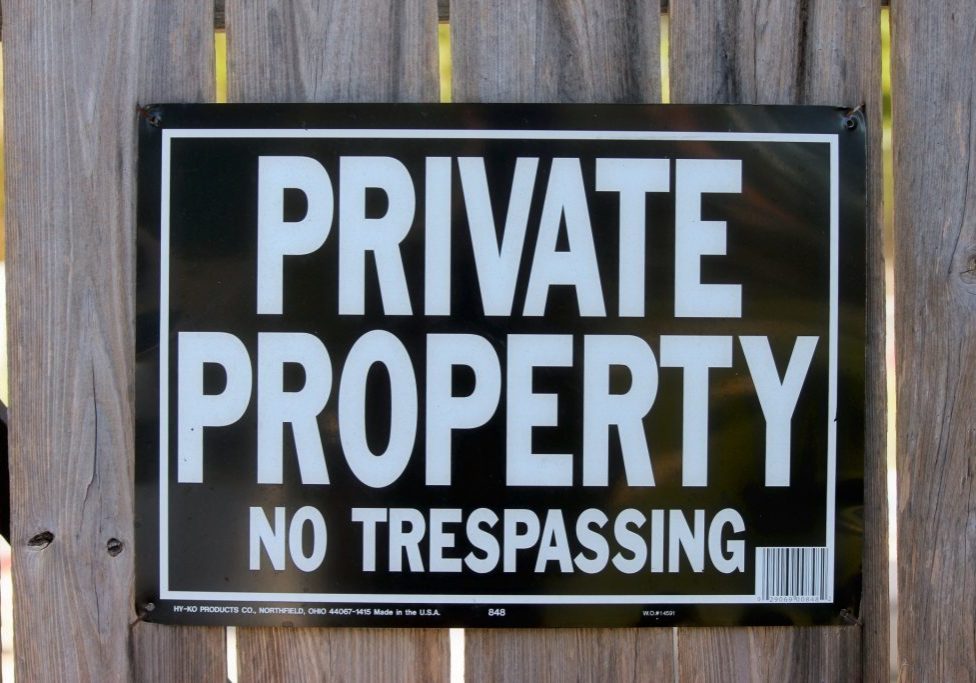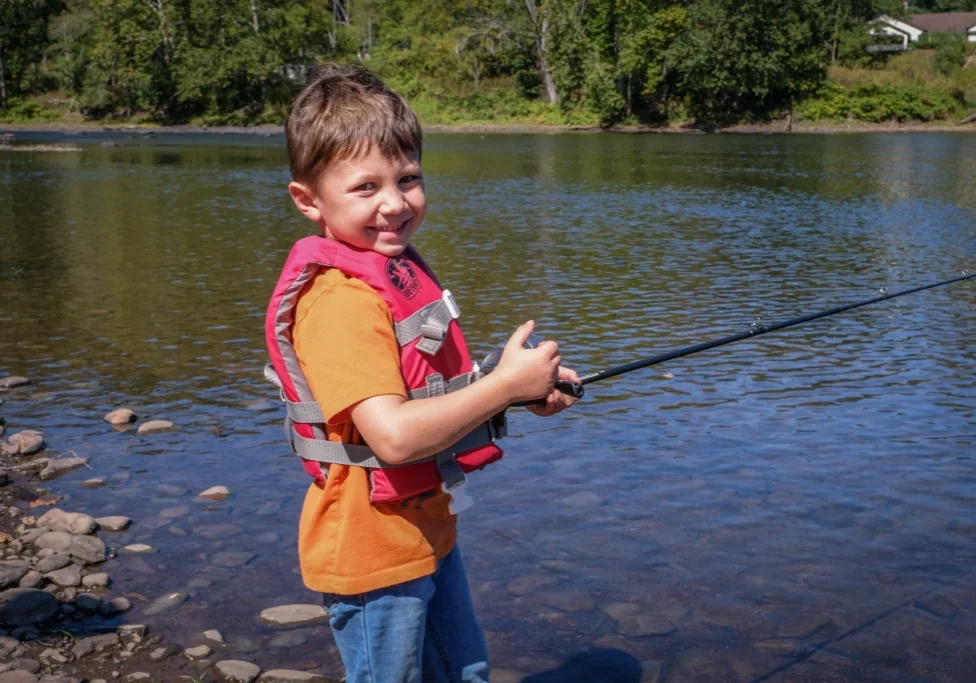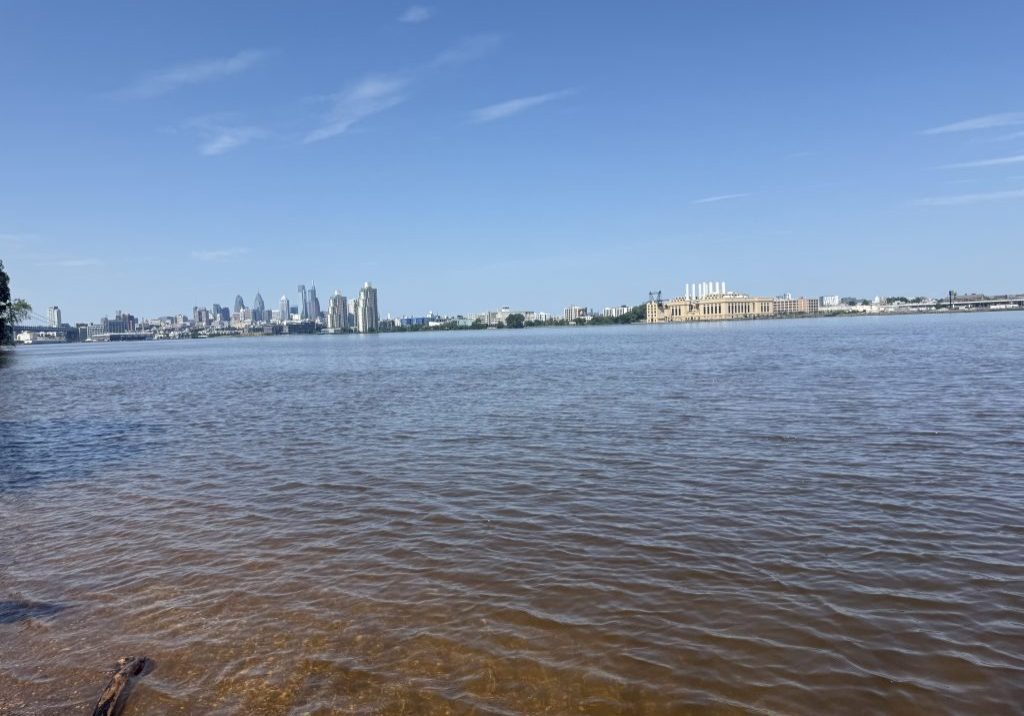
One-year pause on harvesting female horseshoe crabs in Delaware Bay
Endangered red knots rely on the crabs’ eggs to fuel their migration
| November 15, 2022
A regulatory agency last week issued a one-year reprieve on the harvesting of female horseshoe crabs in the Delaware Bay, a decision viewed as good news for red knots, which rely on the crabs’ eggs for food.
But activists said that the agency, the Atlantic States Marine Fisheries Commission, is still relying on flawed modeling that threatens to upset the co-dependent relationship between the birds and crabs.
“We all knew that there was overwhelming public discontent with the idea of killing female horseshoe crabs,” said Steve Cottrell, president of the Delaware Audubon Society.
“I suspect that the commission did not anticipate the volume and intensity of the public reaction it received,” he added. “The commission knew it would be pilloried if it proceeded with its plan to recommend a female harvest, so it had no choice but to punt.”
The commission will revisit the issue next fall. The decision made last Thursday applies only to the 2023 harvest season.
Read more: The future stakes for female horseshoe crabs in the Delaware Bay
Asked whether public pressure played a role in the decision, Caitlin Starks, a senior fishery management plan coordinator with the commission, referred only to a news release that said the board voted to implement a “zero female horseshoe crab harvest for the 2023 season as a conservative measure given public concern about the status of the red knot population in the Delaware Bay.”
The populations of female horseshoe crabs and red knots, how they are linked and how the commission assesses the health of those populations has been at the heart of the controversy.
Eggs serves as migration food
Fewer female horseshoe crabs mean fewer horseshoe crab eggs and diminished rich sources of food for the red knots, which are listed as threatened under the Endangered Species Act.
The birds, which rely on the crabs’ eggs for a major source of nourishment during their migration, stop in the Delaware Bay during their trip of more than 9,000 miles from Tierra del Fuego at the southern tip of South America to breeding grounds in the Arctic Circle.
Critics said that lifting a years-long ban on harvesting female horseshoe crabs would imperil the red knot population, which once reached a high of 72,000 in the Delaware Bay but bottomed out to 6,800 in 2021.
In what Larry Niles, a wildlife biologist with Wildlife Restoration Partnerships, has described as “a very delicate dance,” red knots arrive in May and June, timed to coincide with a bounty of crab eggs.
Over the course of several nights, a female crab can lay more than 100,000 eggs, each of which are the size of a pinhead. Each bird needs 180 grams, or 400,000 eggs, to bulk up to finish its migration.
Horseshoe crabs used for bait and biomedicine
Horseshoe crabs are popularly used for bait in the fishing industry, particularly for eel and whelk. The crabs’ blue blood is also harvested for biomedical purposes to produce something called LAL (Limulus Amoebocyte Lysate), which is used to detect harmful bacterial contamination in vaccines, intravenous drugs and medical devices.
Though horseshoe crabs are known to populate areas from New Hampshire to Florida, the Delaware Bay is particularly attractive because it is comparatively underdeveloped and its shallow muddy areas allow the water to heat up to 59 degrees, a temperature that triggers spawning, researchers have said.
Read more: How researchers count horseshoe crabs in the Delaware Bay.
Each year, the commission has relied on a model that estimated the abundance of horseshoe crabs and red knots in the Delaware Bay region to select one of five possible “harvest packages.”

Niles complained that a model the commission uses to size up the harvest is “half-baked.”
“Our egg data clearly refutes” the commission’s position that the population of female crabs is increasing, he said.
“Their own data shows what is at stake,” he said. “Their estimate of knot numbers showed a 6,000-bird decrease and who knows what it really is as the red knot model is also flawed.”
The commission said it had considered the recommendations of its model, the Adaptative Resource Management Framework Revision, and ultimately set a harvest limit of 475,000 male horseshoe crabs and zero female Delaware Bay-origin horseshoe crabs.
The commission board chairman, John Clark of Delaware, said in a statement that the decision was “consistent with the goal of balancing ecosystem and fishery needs.”
“The ARM Framework Revision represents a considerable advancement in the science upon which we manage horseshoe crabs in the Delaware Bay Region,” he said. “ASMFC is very proud of this effort and the improvements that have been made to the model and data inputs for both horseshoe crabs and red knots.”







